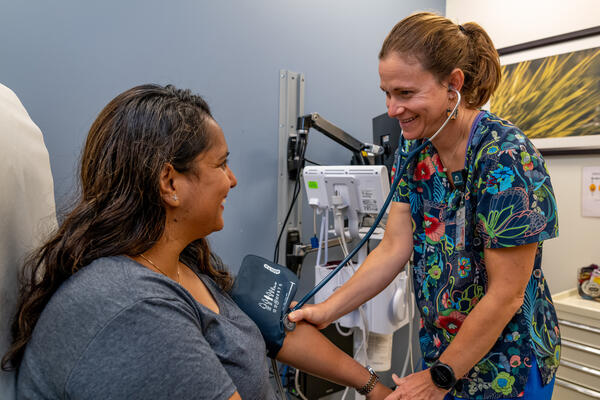
The Urgent Care Service, on the first floor of the Cambridge care center, provides same-day care for urgent but non-life-threatening emergencies.
Overview
The Urgent Care Service, on the first floor of the Cambridge care center, provides same-day care for urgent but non-life-threatening emergencies.
Come to Urgent Care for minor burns or small cuts, rashes, headaches, fever, nausea and vomiting, urinary tract infections, sprains or possible minor fractures, and other medical concerns that need quick attention.
Examples of conditions treated by Urgent Care
Allergies and asthma
Bruises, small cuts, scratches
Cold or flu
Ear and eye infections
Fevers (above 101° F, 38° C)
Headaches
Nausea and vomiting
Minor burns
Muscle cramps or spasms
Rashes or minor swelling
Sexually transmitted infection symptoms
Sore throat and sinus pain
Sprains, strains, or possible minor fractures
Stomach flu symptoms (stomach pain, diarrhea, etc.)
Urinary tract infections
MIT Health can also provide advice by phone.
Call us at 617-253-1311, 24 hours a day. We may advise you to come in, to stay home, or to go directly to an emergency room. If the problem is not urgent and a clinician is not readily available, we will take your number and call you back.
What if it’s an emergency?
If you have a life-threatening medical emergency — like a very bad injury, a serious allergic reaction, or trouble breathing — do not call MIT Health or come to Urgent Care. If you are on campus, call the MIT Police at 617-253-1212. They can send an ambulance or other help faster than if you call 911. If you are not on campus, dial 911.
Go directly to an emergency room for…
Chest pain
Difficulty breathing
Excessive bleeding
Labor
Severe abdominal pain
Stroke
Substance abuse symptoms (drugs or alcohol intoxication)
Trauma (significant fall, blunt trauma, head trauma with loss of consciousness)
Eligibility
All members of the MIT community can use the Urgent Care Service. The Urgent Care Service is not open to the general public, but we can see visiting family members or guests of MIT community members and individuals who are on campus for MIT events.
Cost
- MIT students: No charge, regardless of insurance coverage
- Non-students covered by MIT Student Health Insurance Plan (MIT SHIP): No charge
- Employees/family members covered by MIT PPO+: $10 co-pay
- Other eligible individuals: Consult your insurance policy. You may be billed for any copayment, coinsurance, or non-covered services.
Can I bring my child to Urgent Care?
Yes. The Urgent Care Service can usually care for both children and adults, but if you’re planning to bring a child to Urgent Care, call 617-253-1311 first, to make sure a pediatric clinician is available.
Care for campus visitors
The Urgent Care Service accepts only MIT-sponsored insurance plans, the Draper Blue Cross Blue Shield (BCBS) PPO and HMO plans, and Medicare. Campus visitors who do not have one of those plans may need to pay the full cost of a visit to the Urgent Care Service, including any copays, deductibles, and co-insurance. They should be aware that their health insurance may not cover any portion of the cost.





